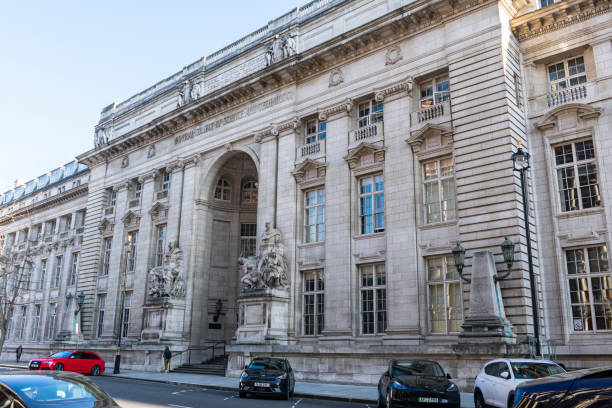Imperial College London – A Global Leader in Science, Engineering, and Medicine
Introduction
Imperial College London, established in 1907, is one of the world’s most prestigious universities, specializing in science, engineering, medicine, and business. Consistently ranked among the top 10 universities globally (QS, THE), Imperial is renowned for its cutting-edge research, innovation, and strong industry ties. Located in the heart of London, it attracts brilliant minds from over 140 countries, fostering breakthroughs that shape the future.
History and Legacy
-
1907: Founded as Imperial College of Science and Technology through a merger of the Royal College of Science, Royal School of Mines, and City & Guilds College.
-
1988: Merged with St Mary’s Hospital Medical School, strengthening its medical research.
-
2004: Became an independent university, leaving the University of London federation.
-
Today: A global hub for STEM (Science, Technology, Engineering, Medicine), with 14 Nobel laureates and 3 Fields Medalists among its alumni and faculty.
Academic Excellence
Imperial is structured into four main faculties:
1. Faculty of Engineering
-
Top-ranked in the UK for Civil, Mechanical, and Aeronautical Engineering.
-
Key research areas: AI, robotics, sustainable energy, and space technology.
2. Faculty of Natural Sciences
-
Physics, Chemistry, Mathematics (Home to Stephen Hawking’s early work).
-
Grantham Institute: Leading climate change and sustainability research.
3. Faculty of Medicine
-
World-class medical training (Affiliated with NHS hospitals).
-
Pioneering work in cancer research, infectious diseases (including COVID-19 response), and genomics.
4. Imperial College Business School
-
Top 10 global MBA programs (Financial Times Ranking).
-
Strong focus on entrepreneurship, fintech, and healthcare management.
Groundbreaking Research & Innovations
Imperial has been at the forefront of scientific and technological advancements, including:
-
Discovery of Penicillin (Sir Alexander Fleming, former researcher).
-
Development of Holography (Dennis Gabor, Nobel Prize in Physics).
-
COVID-19 Response: Imperial’s Neil Ferguson led key pandemic modeling.
-
Space Technology: Contributions to Mars rover missions and satellite systems.
-
AI & Robotics: Home to the Hamlyn Centre for robotic surgery.
Campus and Student Life
-
Location: South Kensington, London—near museums, Hyde Park, and tech hubs.
-
Key Facilities:
-
White City Campus: Innovation district with startups and research labs.
-
Imperial College Union: Over 350 student clubs and societies.
-
The Great Hall: Iconic venue for graduations and events.
-
-
Student Traditions:
-
Varsity: Annual sports rivalry with Oxford and Cambridge.
-
Imperial Festival: Showcasing research and innovations to the public.
-
Hackathons & Competitions: Strong entrepreneurial culture.
-
Notable Alumni & Faculty
Imperial has produced Nobel laureates, CEOs, and scientific pioneers, including:
-
Sir Alexander Fleming (Discoverer of Penicillin).
-
Brian May (Queen guitarist & astrophysicist).
-
H.G. Wells (Science fiction author, studied biology at Imperial).
-
Raja Koduri (Former Intel Chief Architect).
-
Professor Chris Whitty (UK Chief Medical Officer during COVID-19).
Why Imperial Stands Out?
-
Industry Partnerships: Strong ties with NASA, Rolls-Royce, GlaxoSmithKline, and Siemens.
-
Startup Success: Alumni-founded companies like DeepMind, Revolut, and Babylon Health.
-
Global Impact: Research influencing healthcare, climate policy, and AI ethics.
Conclusion
Imperial College London is a powerhouse of innovation, combining world-class education, groundbreaking research, and real-world impact. Its motto—“Scientia imperii decus et tutamen” (Knowledge is the adornment and safeguard of the Empire)—reflects its mission to advance science for humanity’s benefit.

